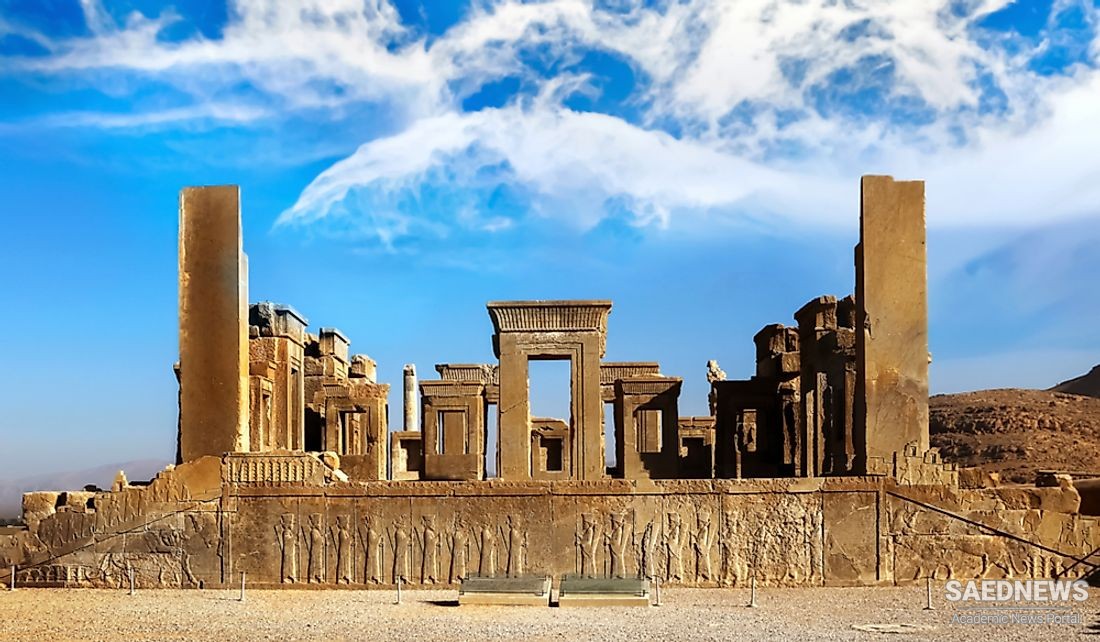We have noted that archaeological surveys in Khuzistan, and of the Diyala river basin north-east of present Baghdad, have revealed a great expansion of irrigation and of the amount of land under cultivation during the Sasanian period, indicating the strong interest of the government in agricultural matters. One large irrigation enterprise in Iraq was the great Nahrawan canal system which supplied water to a large expanse of fields in Iraq.
It seems clear, after investigations in Iraq, that there was also an unprecedented investment of state funds in extending the area of cultivation. Khusrau I developed complex plans for the digging of tunnels and canals all over the empire, such that never before or since has there been so much land brought under cultivation in this part of the world; the agriculture was extensive rather than intensive. The Zoroastrian religion, of course, regarded the promotion of the cultivation of the soil as a meritorious act, if not a strict duty of the ruler.
Khusrau was a tolerant monarch in regard to religions, for we hear of no systematic persecutions during his reign, although some of his underlings at times showed a too-zealous attitude in regard to minority faiths. In contrast, Justinian was particularly severe on heretics and pagans. In 529 he closed the academy at Athens, which had been a centre of ancient Greek philosophy and culture, and some philosophers took refuge at the court of Khusrau. Although he welcomed them and treated them well, they became homesick, and Khusrau secured a pardon and permission from Justinian for them to return to Athens in one of the peace treaties between the two empires.
The Persian monarch maintained at his court Greek physicians and various thinkers, and a medical school following Greek theories, or a primitive university, was established at Gundeshapur which lasted into Islamic times. Translations were made into Middle Persian not only from Greek, but also from Sanskrit. One of the most famous native scholars at his court was the physician Burzoe, to whom are attributed many translations into Pahlavl from Sanskrit, including the collection of fables known in Islamic times as Kallla wa Dimna from the Arabic of Ibn Muqaffa', from the originals in the Sanskrit book, the Panchatantra. It is quite possible, as suggested by Christensen, that the name Burzoe is simply a short form of Buzurjmihr, a sage who lived in the time of Khusrau.
Khusrau is surnamed "the just" in later Islamic works, and there are a great number of stories extant in Arabic and Persian sources attesting to his popularity, or at least to the great impact he made in Persia. Especially abundant are the collections of andart^ or "advice", better described as " mirrors for princes ", which have survived, relating to Khusrau.
In fact there are so many practices and sayings attributed to Khusrau that it is highly probable our monarch has become the receptacle of all novelty and change in Sasanian history, making a determination of which stories are real and which fanciful extremely difficult.


 Financial Dimension of Religion in Early Modern Britain
Financial Dimension of Religion in Early Modern Britain














































